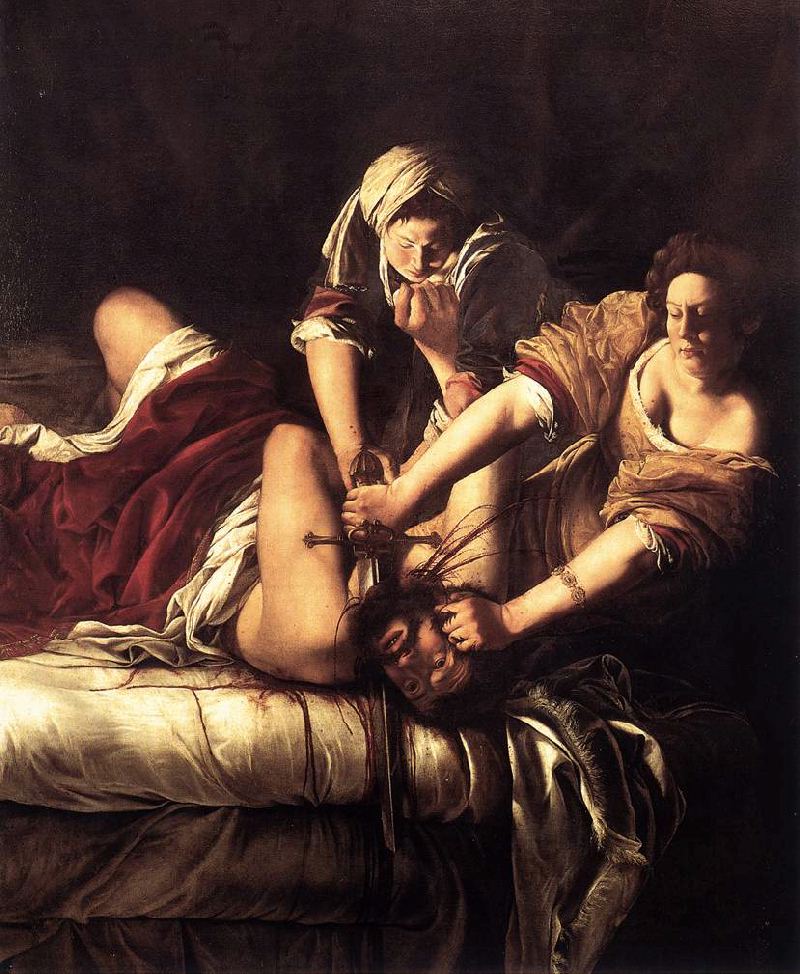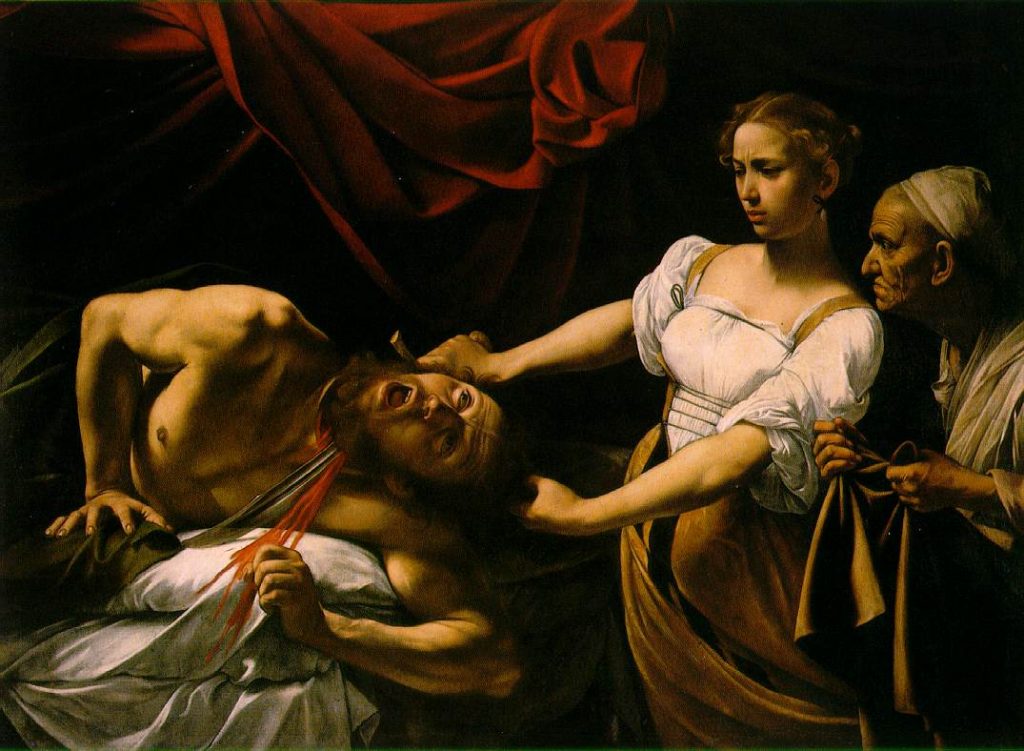The Art: Judith Slaying Holofernes
The Artist: Artemisia Gentileschi
About the Work:
In the Book of Judith – a deuterocanonical book no longer found in the Old Testament – an Assyrian general named Holofernes attacks the city of Bethulia with intent to eradicate the Jewish population.
The leaders of the city consider surrender, but Judith refuses to let her neighbours die. So she sneaks into the enemy’s camp, charms Holofernes, then decapitates him.
Judith returns to Bethulia with the general’s severed head, and the sight inspires the people to fight back and eventually drive off their would-be oppressors.
The scene has been depicted by a range of artists through the year, but never better than by Artemisia Gentileschi, an Italian baroque painter who used the piece to take back the power that her attacker threatened to take away, as Judith did when slaying Holofernes.
At the age of 18, Gentileschi had already shown great potential as an artist when her father hired his colleague, Agostino Tassi to tutor her. Instead, Tassi raped her.
The family pressed charges, but it took an invasive gynecological exam and thumbscrew torture before the court were willing to accept Gentileschi’s claims.
Tassi was found guilty, and sentenced to one year imprisonment. He never served the time.
Gentileschi was enraged, and she took this rage out in her art by painting this famous image with Tassi as Holofernes and herself in the place of Judith.
Unlike Caravaggio’s version, which preceded Gentileschi’s by around two decades, Judith Slaying Holofernes shows the titular heroine as a more active participant in this violent scene.
Caravaggio’s Judith looks reluctant, almost afraid, as the crone spurs her on.
Gentileschi’s Judith stands directly over Holofernes, and asserts her strength. His blood splatters towards her, a subtle touch that further symbolises the importance of the act. For justice to be served, for the innocent to prevail, the blood must be on her hands.
Even the difference in titles represents the profound difference in the paintings. A beheading is an act of violence. Slaying is the act of vanquishing; it infers the death of a beast.
And a beast is what Tassi was. Today, he is remembered not as an artist, but as a rapist.
Gentileschi, on the other hand, became one of the most respected baroque painters in history, and a feminist icon. Much of her work, both before and after Judith Slaying Holofernes, takes a confronting and realistic look at some of the more reprehensible moments in both the Bible and in 17th century life in Italy. A courageous feat, considering baroque was a style inspired and supported by the Catholic Church.


